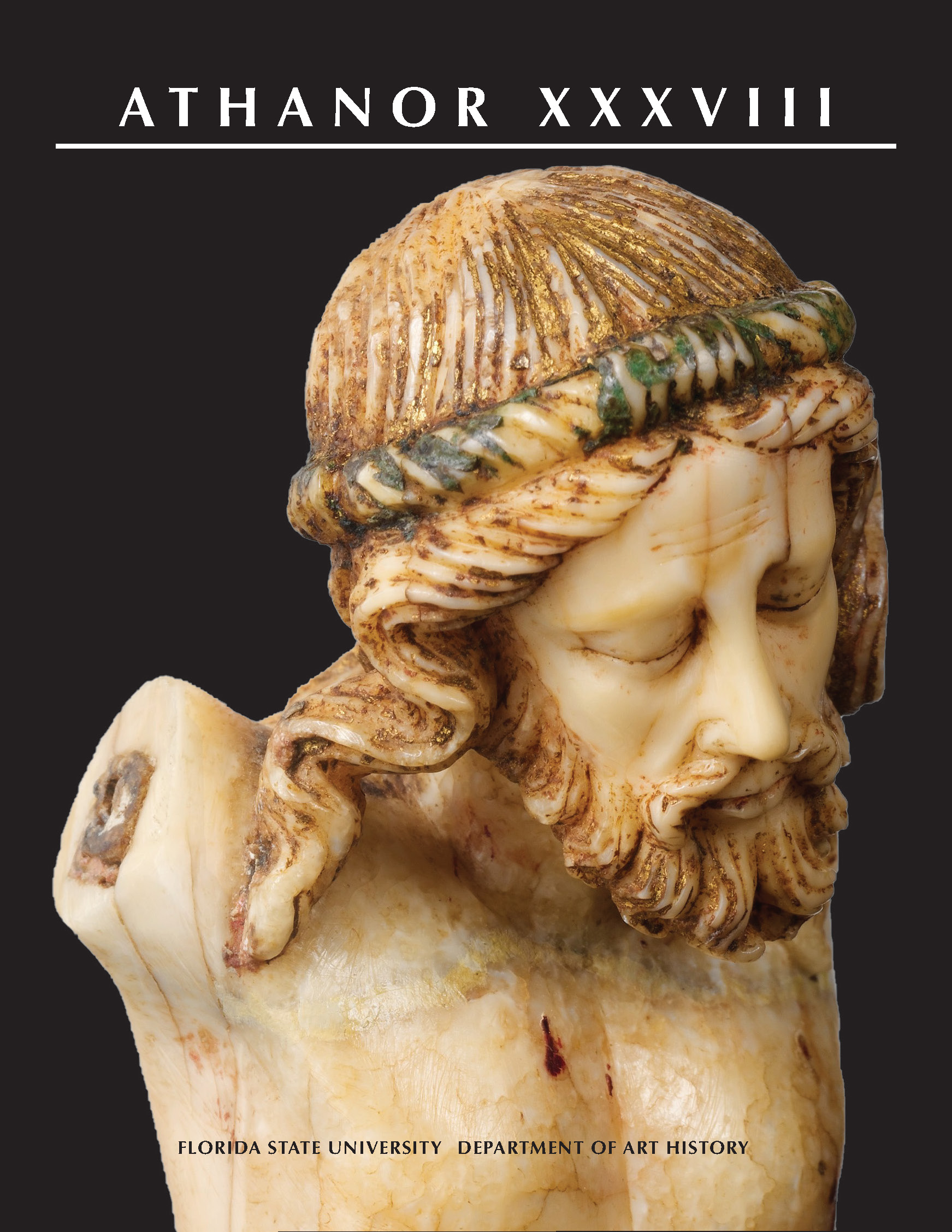Abstract
Late Antiquity, third to seventh centuries, is a period recognized for the continuity and change of Roman culture despite a new religion and political instability. This continuity allowed space for syncretism: an amalgamation of different art, religion, and culture in the Empire. In the following pages, I discuss the understanding of a vault mosaic featuring a charioteer or solar figure within the necropolis in Vatican City, Rome, Italy. For this paper, I use material culture from Rome and Constantinople that dates from the first to fourth centuries in order to contextualize the mosaic with other syncretic works of art and to demonstrate multiple readings of artworks. My focus for this paper is the vault mosaic found in Tomb M, built in the second century (Figure 2). I begin with an examination of the decorative programs of the necropolis including the room with the vault mosaic. Next, I briefly investigate iconographies of the ascension to demonstrate a concern with the afterlife by different audiences. Then, I analyze visual evidence of continuity and change in meaning of imperial iconography on material culture during the reign of Constantine I (r. 306–337) to show more examples of syncretic art by a single patron. My methodological approach decenters Christianity—a point to which I will return—seeking a more accurate contextualization of Late Antique material culture.

This work is licensed under a Creative Commons Attribution 4.0 International License.
Copyright (c) 2022 Sonia Dixon
